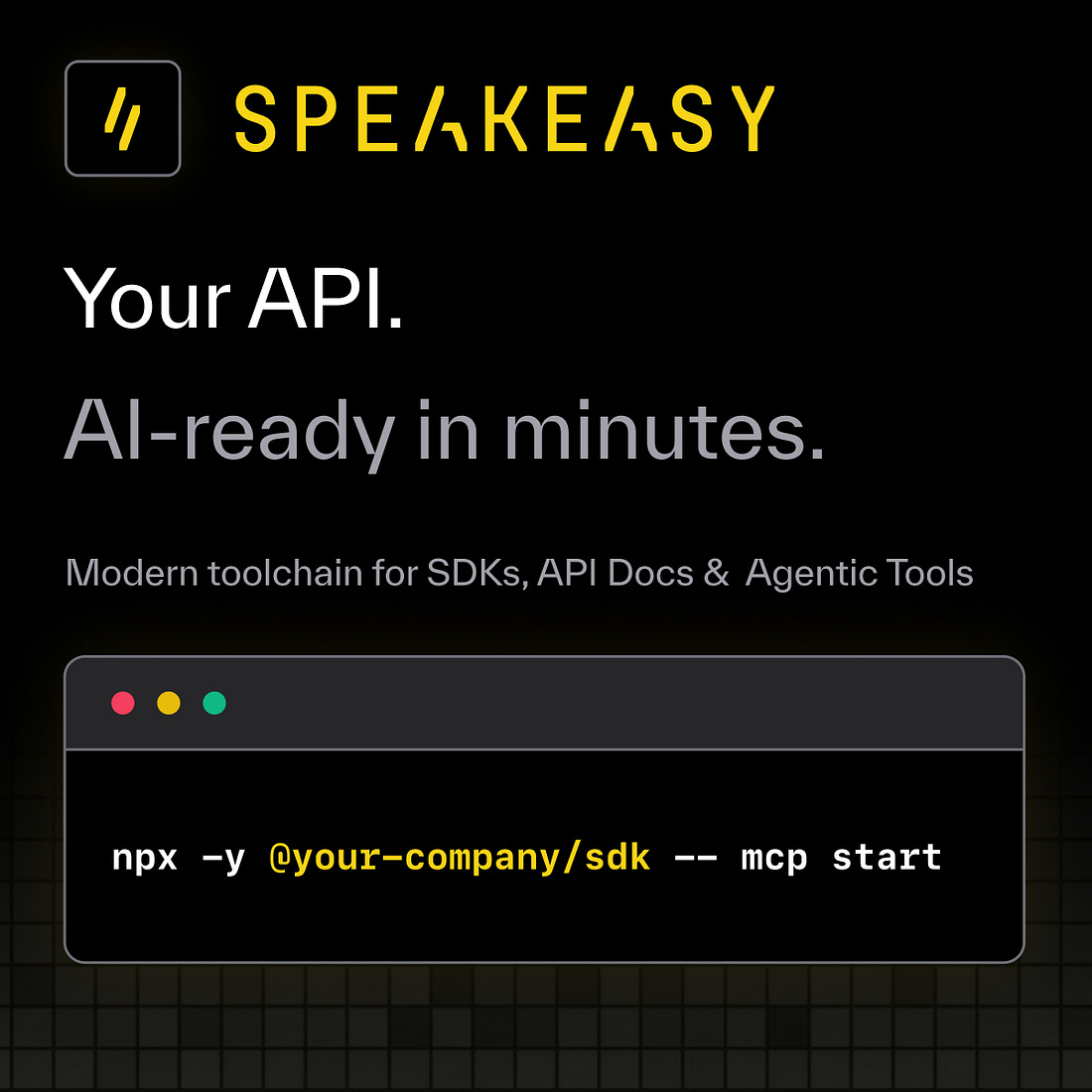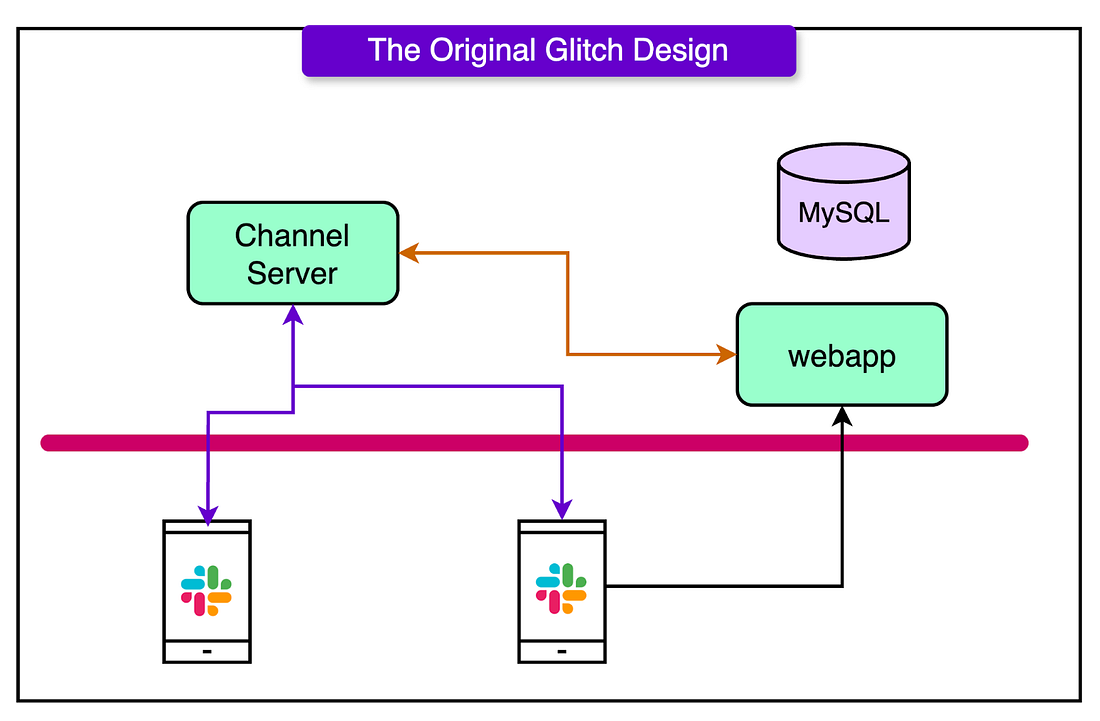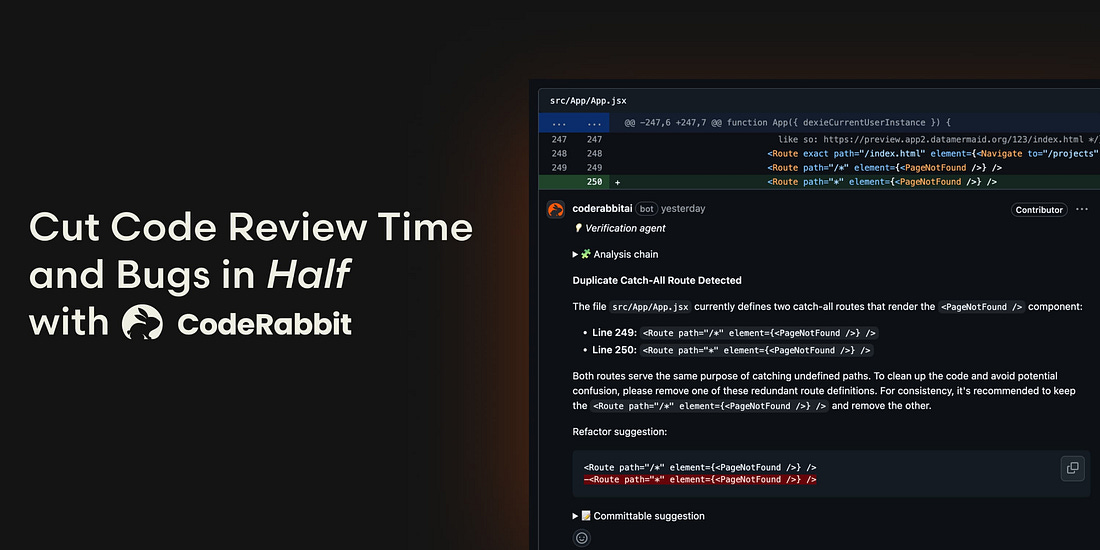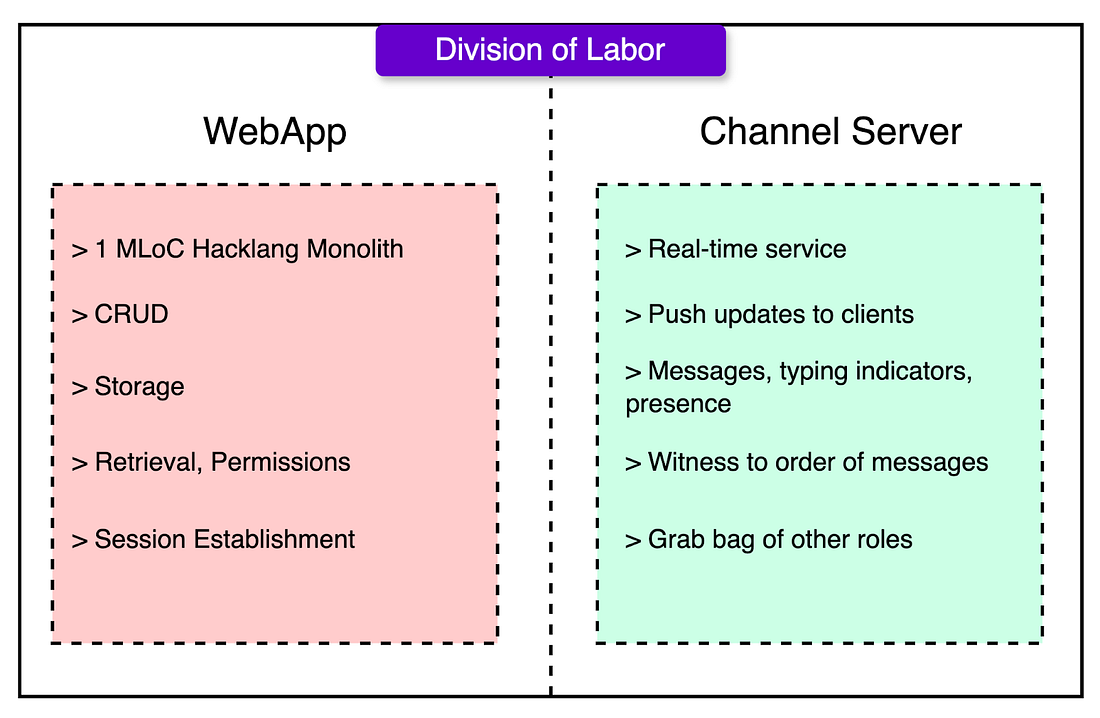|
Generate your MCP server with Speakeasy (Sponsored)
Like it or not, your API has a new user: AI agents. Make accessing your API services easy for them with an MCP (Model Context Protocol) server. Speakeasy uses your OpenAPI spec to generate an MCP server with tools for all your API operations to make building agentic workflows easy.
Once you've generated your server, use the Speakeasy platform to develop evals, prompts and custom toolsets to take your AI developer platform to the next level.
Disclaimer: The details in this post have been derived from the articles/videos shared online by the Slack engineering team. All credit for the technical details goes to the Slack Engineering Team. The links to the original articles and videos are present in the references section at the end of the post. We’ve attempted to analyze the details and provide our input about them. If you find any inaccuracies or omissions, please leave a comment, and we will do our best to fix them.
Most people think of Slack as a messaging app. It is technically accurate, but from a systems perspective, it's more like a real-time, multiplayer collaboration platform with millions of concurrent users, thousands of messages per second, and an architecture that evolved under some unusual constraints.
At peak weekday hours, Slack maintains over five million simultaneous WebSocket sessions. That’s not just a metric, but a serious architectural challenge. Each session represents a live, long-running connection, often pushing out typing indicators, presence updates, and messages in milliseconds. Delivering this kind of interactivity on a global scale is hard. Doing it reliably with high performance is even harder.
One interesting trivia is that the team that built Slack was originally building a video game named Glitch: a browser-based MMORPG. While Glitch had a small but passionate audience, it struggled to become financially sustainable. During the development of Glitch, the team created an internal communication tool that would later become Slack. When Glitch shut down, the team recognized the potential of the internal communication tool and began to develop it into a bigger product for business use. The backend for this internal tool became the skeleton of what would become Slack.
This inheritance shaped Slack’s architecture in two key ways:
Separation of concerns: Like game servers manage real-time events separately from game logic, Slack splits its architecture early. One service (the “channel server”) handled real-time message propagation. Another (the “web app”) managed business logic, storage, and user auth.
Push-first mentality: Unlike traditional request-response apps, Glitch pushed updates as the state changed. Slack adopted this model wholesale. WebSockets weren’t an optimization—they were the foundation.
This article explores how Slack’s architecture evolved to meet the demands of a system that makes real-time collaboration possible across organizations of 100,000+ people.
Real-Time Code Reviews Powered by AI (Sponsored)
Slack made real-time collaboration seamless for teams. CodeRabbit brings that same spirit to code reviews. It analyzes every PR using context-aware AI that understands your codebase suggesting changes, catching bugs and even asking questions when something looks off. Perfect for fast-moving teams who want quality code reviews without slowing down. Integrated with GitHub, GitLab and it's like a senior engineer reviewing with you on every commit. Free for Open-source.
Initial Architecture
Slack’s early architecture was a traditional monolithic backend fused with a purpose-built, real-time message delivery system.
The monolith, written in Hacklang, handled the application logic. Hacklang (Facebook’s typed dialect of PHP) offered a pragmatic path: move fast with a familiar scripting language, then gradually tighten things with types. For a product iterating quickly, that balance paid off. Slack’s backend handled everything from file permissions to session management to API endpoints.
But the monolith didn’t touch messages in motion. That job belonged to a real-time message bus: the channel server, written in Java. The channel server pushed updates over long-lived WebSocket connections, broadcast messages to active clients, and arbitrated message order. When two users hit “send” at the same moment, it was the channel server that decided which message came first.
Here’s how the division looked in terms of functionalities:
Web App (Hacklang)
Auth, permissions, and storage
API endpoints and job queuing
Session bootstrapping and metadata lookup
Channel Server (Java)
WebSocket handling
Real-time message fan-out
Typing indicators, presence blips, and ordering guarantees
This split worked well when Slack served small teams and development moved fast. But over time, the costs surfaced:
The monolith grew brittle as testing got harder and deployment risk went up.
The channel server held state, which complicated recovery and scaling.
Dependencies between the two made failures messy. If the web app went down, the channel server couldn’t persist messages, but might still tell users they’d sent them.



